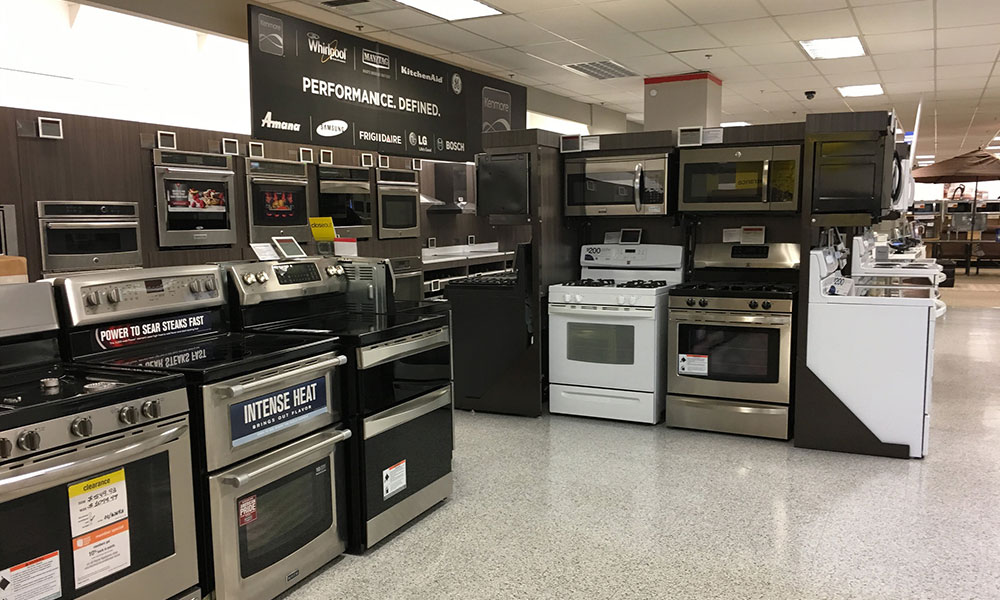
No Partnership Lasts Forever: Lessons from Sears’ Breakup with Whirlpool
The department store Sears and the appliance maker Whirlpool once had one of the strongest corporate relationships in the business world. But that century-long relationship recently fell apart. Read on for some vendor-relations takeaways.
A good vendor relationship is hard to find. Harder still is a relationship that passes the century mark.
But for a while, that’s what Sears had with the appliance manufacturer Whirlpool, which effectively came to life under the tutelage of Sears, Roebuck and Company, a catalog company that eventually became a major department store retailer.
This week, however, the two parties broke off that agreement, and the reasons for that, really, come from both sides of the deal. While a pricing dispute was the main reason cited, the reasons in some ways go much deeper.
Interestingly, there are some elements of the partnership that simply don’t make sense for the two sides to break off.
The situation offers a lot of takeaways to ponder for organizations that rely on industry partners, including:
Even long-standing partners can fall out of sync with your business needs. For more than 100 years, Sears and Whirlpool were very much in sync—in no small part because, as Whirlpool notes on its website [PDF], much of its early success came from its long-running Sears partnership. In fact, Sears bought its first washers from Whirlpool in 1916, when the company was still known as the Upton Machine Company. But with Sears’ recent struggles and Whirlpool’s eventual success beyond its foundational corporate partnership, the two sides eventually fell away from one another. Currently, Sears represents just 3 percent of Whirlpool’s overall sales, according to Reuters.
Outside market changes can negatively affect your partner relationship. Whirlpool blamed its recent issues on price increases that were basically forced by the rising costs of raw materials such as steel and resins. (The news pushed the appliance-maker’s stock down by 10 percent on Tuesday.) At the same time, Sears has become a much different company than it was in its heyday. The Washington Post notes that the retailer has not posted a profit in seven years—and last year lost $2.2 billion.
Sometimes a partner might be the best choice even if they’re not the best deal. On the other hand, if price was the only issue, it’s likely the two companies could have worked things out—a fact of life that would be good for most organizations to keep in mind. But the distance between the two companies in other respects likely played a role in the deterioration of the vendor relationship, argued Columbia Business School’s Mark Cohen, a former Sears Canada CEO. “Sears is breaking up with everybody—the business is in steep, deep decline,” Cohen told the Post. “They’ve lost half of their market share in the last 14 years, and vendors aren’t seeing much value in the relationship anymore.” Your organization may have less distance between itself and a vendor than Sears and Whirlpool eventually had.
Breaking apart a long-standing vendor relationship can come with a lot of complications. Interestingly, there are some elements of the partnership that simply don’t make sense for the two sides to break off—possibly because doing so would prove much more complicated than leaving things in place. Case in point: Whirlpool produces many of Sears’ appliances under the chain’s white-labeled Kenmore brand. And if Whirlpool stopped producing those devices, it would create a lot of challenges for Sears in terms of realigning that supply chain. Therefore, according to the Wall Street Journal, Sears will continue to use Whirlpool as a manufacturer of Kenmore products. The company similarly has sued to keep other vendors at bay for some of its other white label brands.
Whatever the case, vendor relationships are hard to get right, and a relationship that lasts a full century is one that deserves a lot of respect.
(Phillip Pessar/Flickr)






Comments